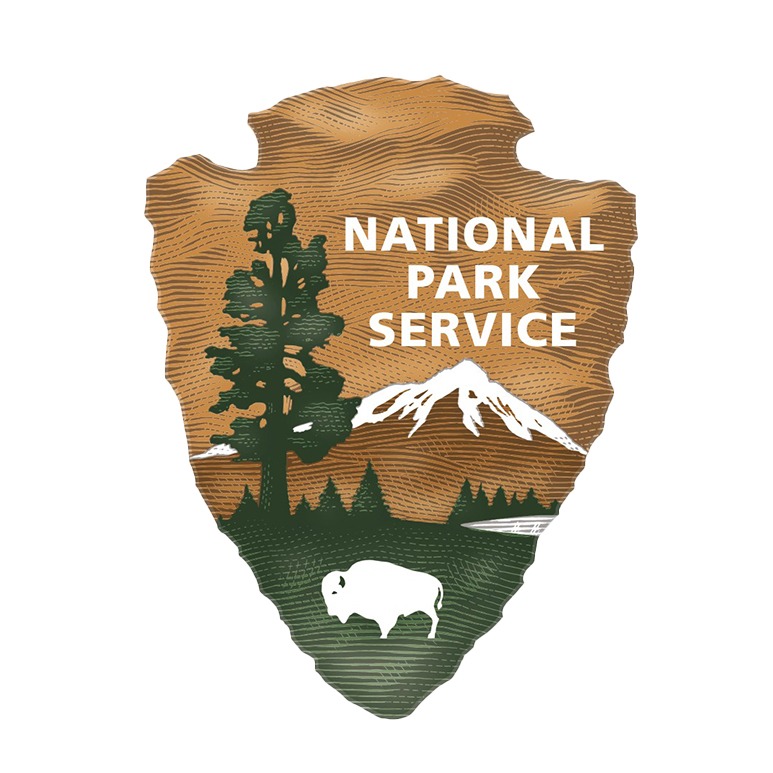*This is a 2022 archived project, view this year’s projects here.
Project overview: Leverage donor-funded songbird and lidar data to create predictive maps detailing individual bird species and communities in forests across the park, and measure park-wide avian diversity.
How your support helps: In 2020, the support of Conservancy donors helped park researchers work on turning an expansive collection of lidar imagery into a detailed portrait of Yosemite’s landscapes. This recently acquired data has huge potential to help resource managers understand the ecological value of different forest types, and to help guide the steps they take to preserve and protect these various forest ecosystems.
Concurrently, a wealth of population data exists about Yosemite’s songbirds, also thanks, in part, to our donors’ support of the longstanding MAPS (Monitoring Avian Productivity and Survivorship) program. Yet much is still unknown about how these bird populations are distributed in the park’s forests and on which habitats they rely. Resource managers predict that, if studied together, these two sets of data can help park scientists understand the location and diversity of avian species across the park.
This year: Forests are rapidly changing in Yosemite as the effects of climate change become more and more apparent. The information gathered through this project in 2022 will help park scientists better understand the implications of forest health decline, past fires, and climate change, in general, on the park’s diverse avian communities — and identify which forest habitats should be prioritized for restoration and conservation to protect Yosemite’s birds.
Project partner: Yosemite National Park

